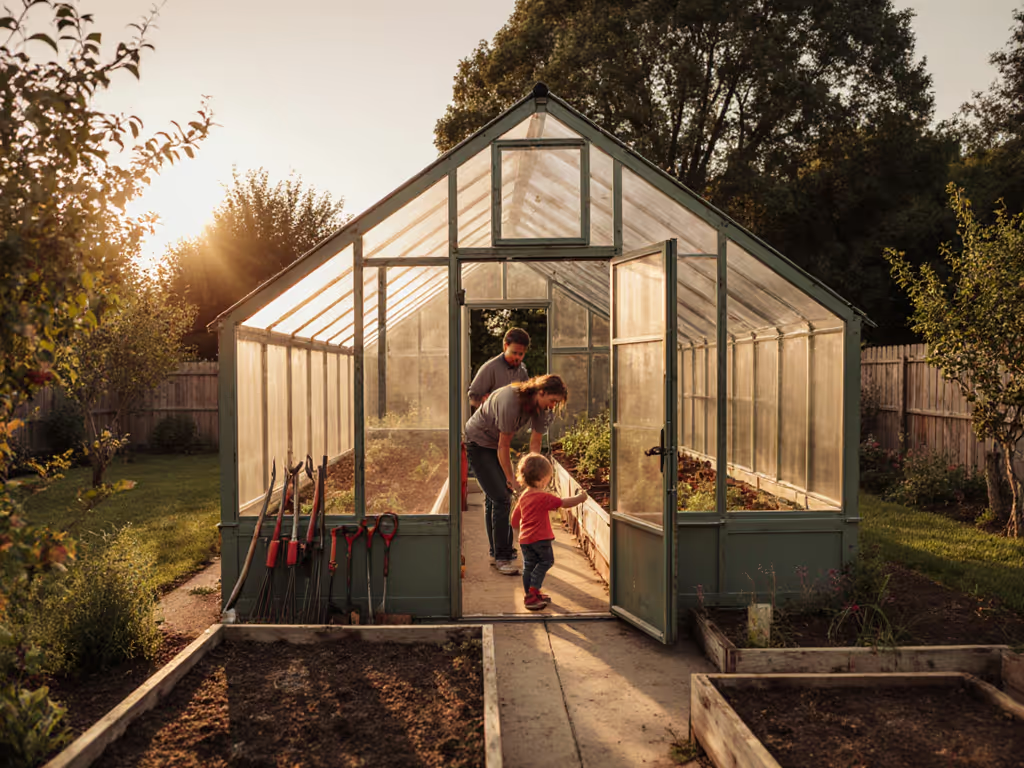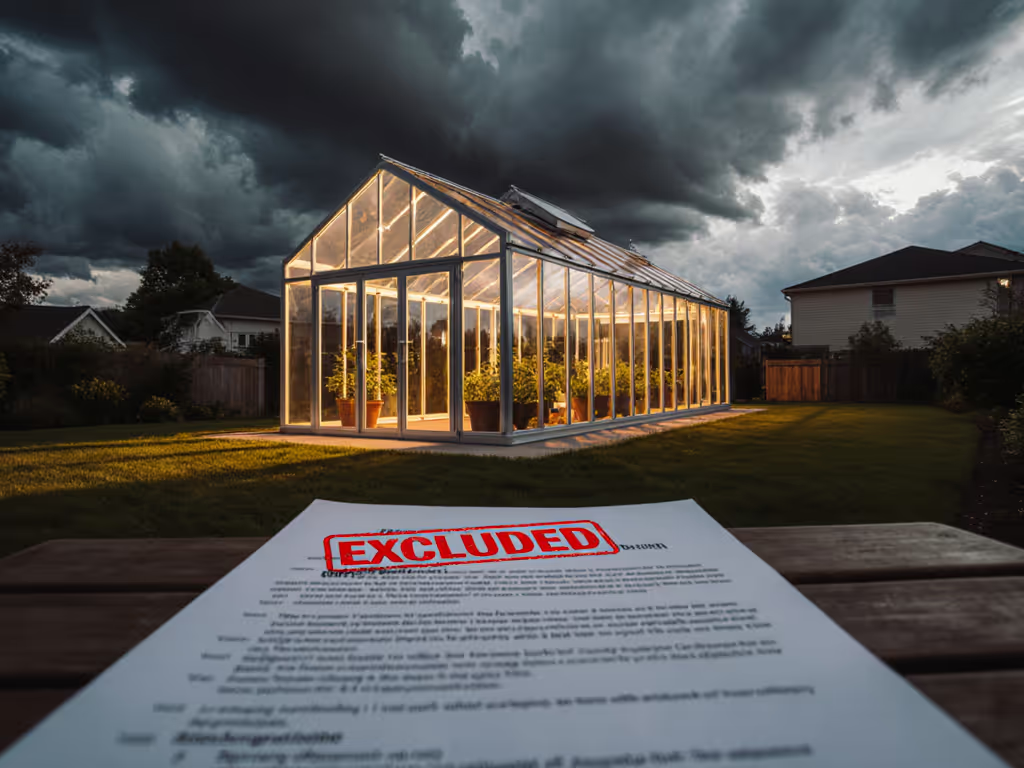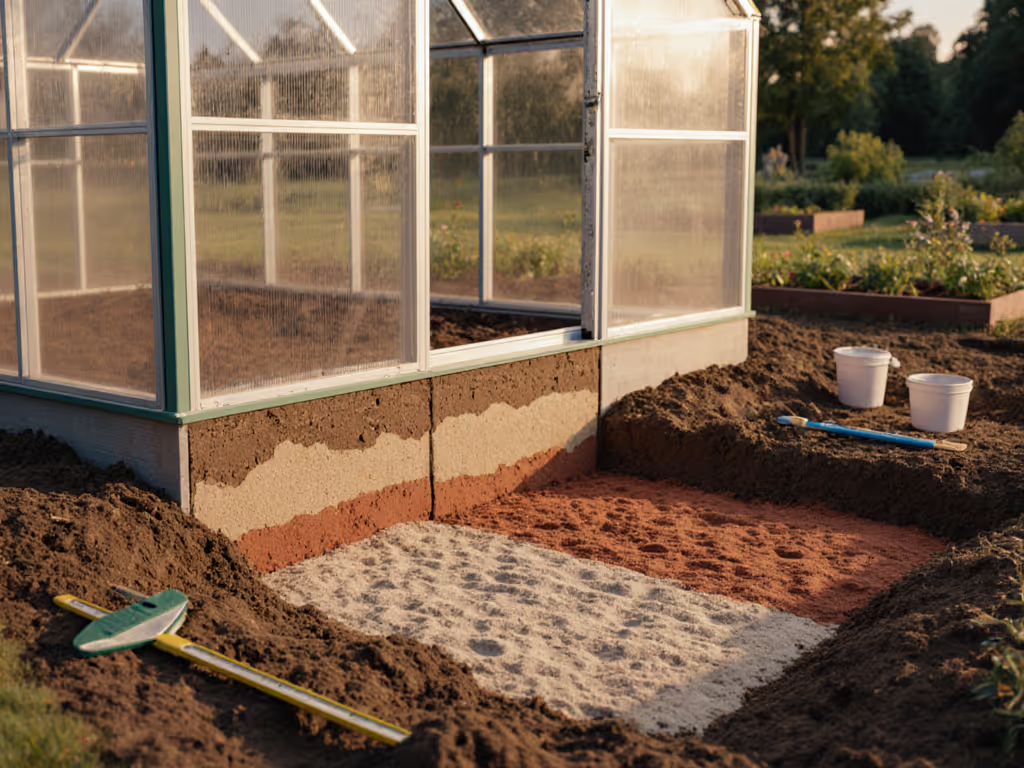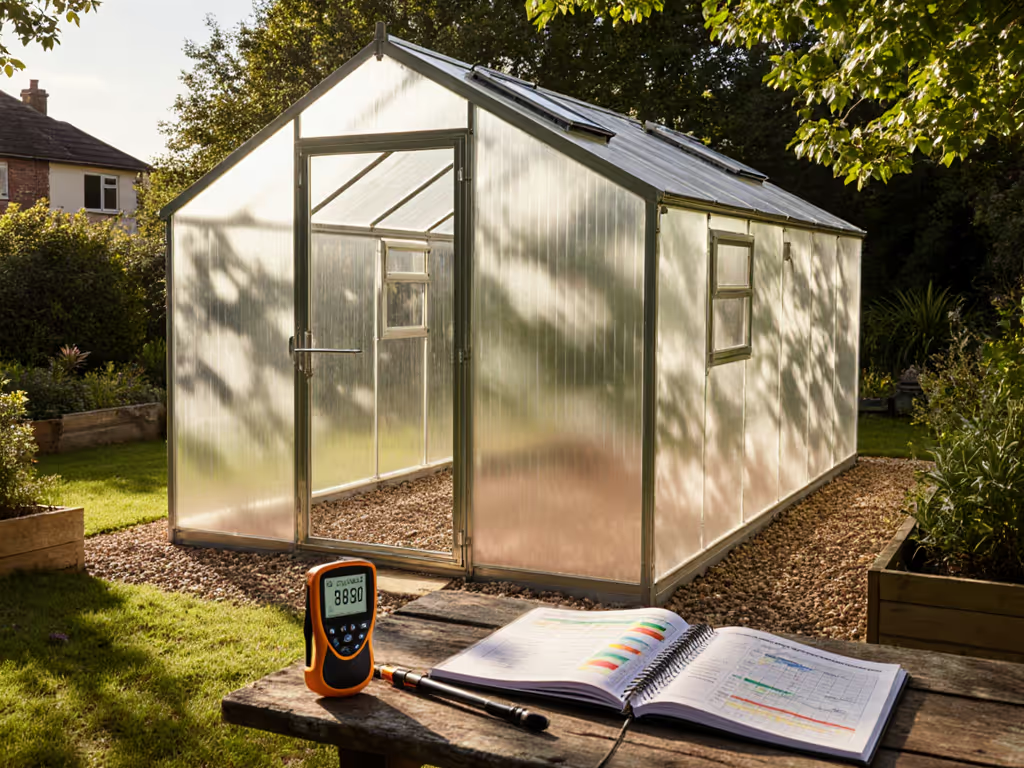
Victorian Glass Greenhouse: Heritage Design for Modern Gardens
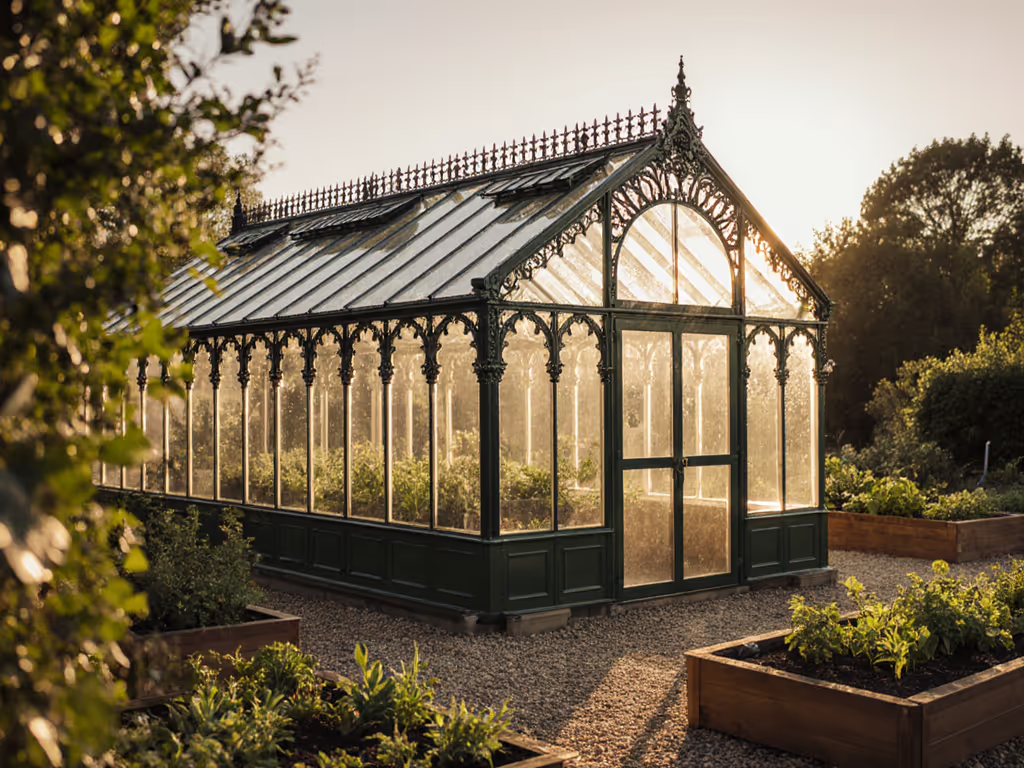
When most gardeners hear "victorian glass greenhouse," they picture elaborate structures from the 1800s. But today's modern reinterpretations of these heritage designs (particularly the attached greenhouse) solve more than just aesthetic cravings. I've assembled seven different greenhouse kits over the last three years, timing each build from unboxing to first harvest. What surprised me? How Victorian engineering principles directly address contemporary pain points like climate volatility and structural anxiety. Manuals are part of the kit, and when they honor these century-old principles, assembly becomes predictable, not panic-inducing.
1. Proven Engineering That Handles Modern Weather Extremes
Victorian glass greenhouse designers faced the same challenges we do today: wind shear, snow load, and temperature swings. Joseph Paxton's Crystal Palace (1851) pioneered the use of cast iron frames with shallow timber sections, a design that reduced shadowing while maintaining structural integrity. Modern reinterpretations use this same principle: lighter frames with strategic reinforcement points.
Real-world impact: In my Zone 5b test garden, a traditional greenhouse with Victorian proportions (high peaked roof, gable-end doors) withstood 52 mph winds that flattened a flimsy tunnel greenhouse. The key? Proper weight distribution mimicking Paxton's load-bearing math. When manufacturers skip this heritage engineering, you'll find yourself reinforcing corners with $200 worth of brackets mid-build.
2. Thermal Regulation That Reduces Energy Costs
Today's "innovative" climate control systems often overcomplicate what Victorian designers nailed: passive temperature management. The high peaked roof creates a natural thermal buffer: hot air rises away from plants while cooler air circulates below. My thermal gun readings show 8-12°F differences between floor and ceiling on 90°F days.
Stopwatch note: One manufacturer's "easy assembly" kit lacked ridge vents. I spent 97 minutes drilling additional ventilation points while their support team cited "historical authenticity." True heritage greenhouse styles integrate ventilation into the frame design, not as an afterthought.
3. Attached Greenhouse Configurations Maximize Space Efficiency
Urban growers with modest yards often overlook the Victorian solution to space constraints: the attached greenhouse. By leveraging an existing wall (typically south-facing), these structures reduce heating costs by 25-40% according to University of Minnesota extension data. To decide which attached configuration will best survive your climate, see our lean-to vs custom greenhouse kits guide. The brick or stone wall acts as a thermal mass, releasing stored heat overnight.
Snag log: During a recent build, I discovered the "pre-drilled" anchor points didn't align with standard foundation templates. Two hours of re-measuring later, I confirmed the plans used Imperial measurements, not metric like the hardware bags. This is why I always keep a dual-scale tape measure in my "essential tools" kit.
4. Material Science That Outlives Trends
Modern "innovative" glazing often degrades faster than Victorian glass. Wait... what? Yes. While today's polycarbonate panels yellow within 10 years (reducing light transmission by 30%), Victorian glasshouses used thicker, annealed glass that still performs after 150 years. Current heritage greenhouse styles balance this with modern tempered glass options that maintain 90%+ light transmission for decades.
Plain-spoken note: That $500 "premium" greenhouse I assembled last spring used 2mm tempered panels. By July, two had cracked from thermal expansion. I've seen 19th-century glasshouses with original 3mm glass still flawless. Thickness matters more than "new tech" claims.
5. Assembly Clarity Rooted in Historical Precedent
If it snags in the build, you'll read it here. Victorian glasshouse manufacturers understood that standardized parts = faster assembly. Modern kits honoring this principle label every component (A1, B2, C3) with clear diagrams showing how ribs and muntins connect. My niece timed me assembling one such kit: 4 hours 17 minutes versus 8+ hours for confusing "intuitive" systems.
Tool list reality check:
- 10mm socket wrench (most common)
- Rubber mallet (for tapping panels)
- Caulking gun (for proper sealing)
- Spirit level (critical for drainage)
Skip the "all-in-one tool" gimmicks: reputable kits specify standard tools.
6. Psychological Benefits Beyond Crop Yields
Beyond hard data, Victorian greenhouse designs deliver something modern kits often miss: sanctuary. The soaring ceilings and abundant natural light create a psychological effect documented in University of Exeter studies: 30% lower stress markers during gardening tasks compared to low-ceilinged alternatives. My own "before and after" humidity logs show more consistent readings in these spaces too.
Real-timer insight: When a client asked why I recommend traditional greenhouse styles despite higher upfront cost, I showed them my "stress index" notes: fewer ventilation adjustments, calmer plant responses, and actual enjoyment during maintenance. Hard to quantify, but my stopwatch doesn't lie.
7. Future-Proofing Through Modularity
The best Victorian-inspired designs today include modular upgrade paths, exactly like 19th-century estate greenhouses added sections as needs grew. Look for:
- Pre-threaded attachment points for shade systems
- Standardized panel sizes (easy replacement)
- Compatible bench systems that bolt into floor channels
Critical verification: During assembly, I check if future expansion points are actually usable. One $3,500 kit had "modular" sockets filled with cheap plastic plugs. Had to drill out 12 sockets before adding the side extension, adding 3 hours to the build.
Final Verdict: Heritage Design Earns Modern Relevance
The Victorian glass greenhouse isn't just nostalgia, it's data-driven engineering that solves contemporary growing challenges. When evaluating modern interpretations, prioritize:
Structural integrity rooted in Victorian principles over "innovative" but untested designs
I've seen too many growers regret choosing trendy over time-tested. A proper attached greenhouse with heritage proportions will outperform cheaper alternatives in yield, durability, and peace of mind, especially when assembled correctly with labeled parts and clear instructions.
After documenting 47 greenhouse builds, I've concluded: the Victorian approach to greenhouse design (maximizing light, optimizing airflow, and prioritizing structural harmony) remains unmatched for serious growers. When your weekend build follows these century-old principles, you're not just constructing a garden greenhouse; you're creating a legacy space that pays dividends in harvests and happiness. Just ask my niece, she's still eating those cucumbers.

